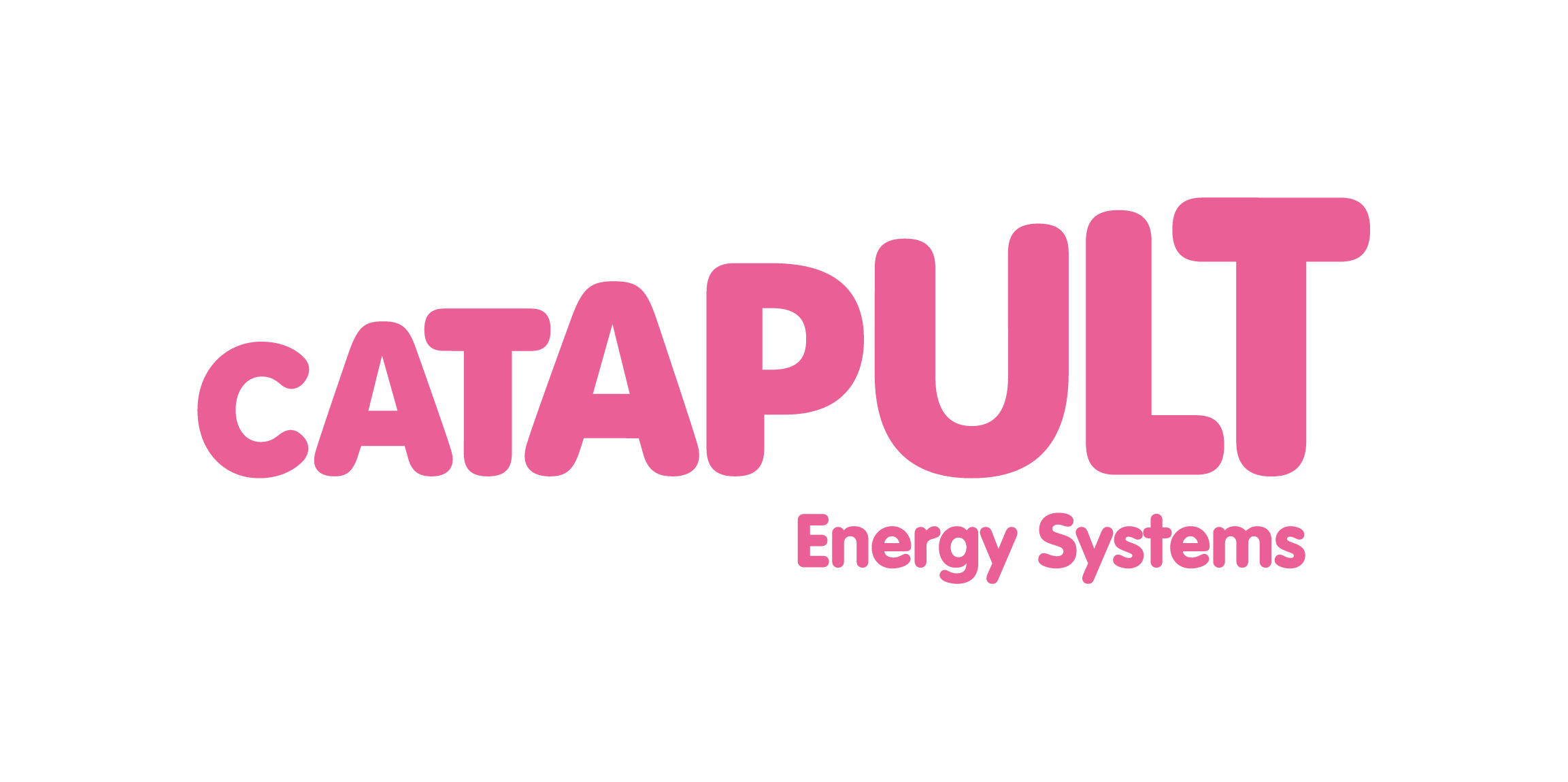During Phase 1 of the UCEGM project, Energy Systems Catapult explored a range of innovative business models that could negate the need for grant funding for local authorities considering deploying renewable generation projects.
During Phase 1 of the UCEGM project, Energy Systems Catapult explored a range of innovative business models that could negate the need for grant funding for local authorities considering deploying renewable generation projects.
The following were identified as business models which could be delivered in the short-term:
- Sleeved Power Purchasing Agreement
- Private Wire
- Storage and Site Optimisation
- Solar and Storage Licensing Agreement
- Solar Carport
This report builds on Phase 1 research by providing a detailed assessment of the previously selected short-term business models.
The assessment centers around the following three pillars of business model design:
- Viability – Is the business model commercially viable?
- Feasibility – What is needed to deliver the business model?
- Desirability – What is the value of the business model to a local authority?
Viability
To assess viability, the Catapult explored potential revenue generation and/or cost-saving opportunities for each of the short-term business models (see Section 5). Consideration was also given to other factors that can influence the viability of renewable generation projects such as: how well renewable generation and energy demand are matched, the optimisation of integrated systems and the pricing structure adopted. • Key points for local authorities in relation to viability are summarised below:
- Reflecting Assumptions in Commercial Models: Each of the short-term business models will require a commercial agreement for the sale of energy. For which, there are numerous pricing structures/ models that are possible. These pricing structures can influence the viability of business models differently. It is therefore important that any assumptions relating to commercial arrangements are reflected in commercial models.
- Understanding What Revenue Generation/ Cost-Saving Opportunities are Available: To quantify revenue generation and cost-saving opportunities for a given business model, local authorities will need to understand how renewable energy will be used. This will require asset performance data, energy demand data (both current and future), and price forecasts. For more complex renewable generation projects (i.e., those with numerous integrated assets), optimization modelling will be required.
- Continuously Updating Commercial Models: Commercial models should be continuously updated to reflect any changes to policy and regulation, market conditions and/or contractual arrangements as all of these factors can influence the commercial viability of renewable generation projects.
Feasiblity
To assess feasibility, the Catapult explored key stages of delivery for renewable generation projects. Activities and outputs intrinsic to each stage were highlighted and, where possible, findings and lessons learned from external engagement were shared (See Section 6.B). Feasibility considerations specific to each of the short-term business models were also discussed (see Section 6.C).
Key points for local authorities in relation to feasibility are summarised below:
- Considering Feasibility in Parallel with Viability: Local authorities should undertake soft market testing early in the design process to understand the full range of services that are available. As well as affecting viability, the solutions offered by third-party partners could also have different implications for asset ownership, resource requirements and risk. Local authorities should consider these factors in parallel with viability when exploring which solution is best suited for a given business model.
- Alignment on Terminology: Through external engagement, the Catapult learned that terminology used in the energy sector is not always consistently applied, especially in relation to Power Purchasing Agreements (PPAs). During soft market testing activities, it is important to ensure that all stakeholders are aligned on terminology to ensure that business model assumptions are accurately reflected in commercial assessments.
- Energy Supply Considerations: It is important that local authorities review existing energy supply contracts to understand whether a chosen business model is feasible under their current arrangement and/or whether it is likely to result in a breach of contract. This should be considered in the early stages of project delivery. In some cases, local authorities may have to wait until their energy supply contract is up for renewal before entering commercial arrangements with third party partners.
Desirability
To assess desirability, the Catapult explored key considerations that could inform which role, within a particular business model, is most desirable to a local authority (e.g., generator, offtaker, or generator and offtaker). For example, each role has different implications in terms of revenue/cost-saving potential, resource requirements and risks. This resulted in the development of ‘desirability checklists’ which could be used by local authorities during decision making processes.
Key points for local authorities in relation to desirability are summarised below :
1. Negotiation Power: For each of the short-term business models, the opportunity to maximise revenue (or cost-savings), to maximise price certainty and/or to mitigate certain risks is (partially) dependent on the pricing structure adopted. Typically, generators have more power when negotiating key terms of commercial arrangements (i.e., pricing structure, contract length, power price) as they have financial metrics that must be achieved to obtain project sign-off. This could be an important consideration for local authorities that wish to have more control over the terms of contractual arrangements.
2. Benefits of Adopting the Role of Generator and Offtaker: Only by assuming the role of generator and offtaker can local authorities benefit from revenue generation and cost-saving opportunities. If and where required, as generator and offtaker, local authorities can set the price for electricity to whatever aligns best with the underlying (financial) objectives of the project. For example, this could be to maximise revenue generation to invest in future projects or to maximise cost-savings to mitigate against high energy bills

